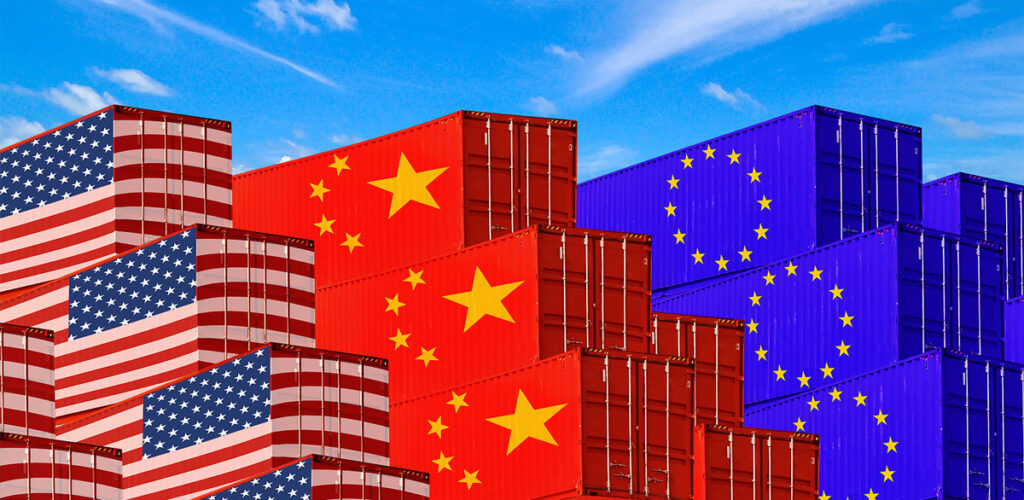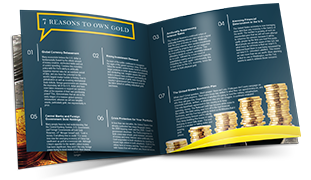 Inflation uncertainty has escalated to the highest peak in nearly three years as tariff policy continues to send shockwaves across the economy. A report by the University of Michigan exposed a rapidly deteriorating consumer outlook across various metrics, uncovering the burden of an escalating trade war. This sharp dip in consumer confidence joins a host of alarming indicators, with many investors worried about a recession.
Inflation uncertainty has escalated to the highest peak in nearly three years as tariff policy continues to send shockwaves across the economy. A report by the University of Michigan exposed a rapidly deteriorating consumer outlook across various metrics, uncovering the burden of an escalating trade war. This sharp dip in consumer confidence joins a host of alarming indicators, with many investors worried about a recession.
Consumer Sentiment Falls Sharply
The consumer sentiment score, a big-picture reading of consumer confidence regarding the present and future, fell by more than 8% between March and April as economic pain bites and market volatility spikes.
In the first month of Q2, the headline figure stood at 52.2, slightly higher than Wall Street’s prediction yet far below the previous month. This marks the fourth consecutive month consumer sentiment has decreased, hitting its lowest point since July 2022.
Overall, consumer sentiment has plunged 30% since the start of the year, underscoring a sharp decline in confidence. Americans aren’t just uneasy about the economy; their expectations for the future are fading fast.
Inflation Expectations Rise
The worsening overall economic outlook is driven largely by growing concerns about inflation. According to the University of Michigan’s survey, 1-year inflation expectation soared to 6.5%, up from 5.0% in March, marking the highest level since 1981. The inflationary storm isn’t anticipated to clear up, with consumers bumping the 5-year inflation expectation to 4.4%. This is the highest reading since June 1991.
In total, the expectations index, measuring how people feel about the future, retreated by 8% from March. This reading has tanked by 32% since the beginning of the year, marking the sharpest dip since the recession in 1990. The American people think prices will increase exponentially in the long run, raising questions about future spending and economic growth.
The survey also reveals how growing financial unease goes beyond inflation, with expectations worsening across several areas of the economy, including personal finances, labor markets, business conditions, and stock markets.
Tariffs Take the Blame
The Trump administration’s negotiation of tariff policy, has launched trade war concerns, which is cited by many consumers as the origin of their declining confidence.
As Joanne Hsu, the director of the survey, explains, “[T]he high level of uncertainty around policy and other economic factors [and] frequent gyrations in economic policies make it very difficult for consumers to plan for the future, regardless of one’s policy preferences.”
Consumer Gloom Matches Grim Economic Data
Consumers’ negative outlook on the economy aligns with several alarming economic indicators, including:
- Inflation: Although rates sit near the Federal Reserve’s target range, inflation remains sticky, increasing uncertainty around the country’s fiscal direction.
- GDP Growth: Q1 GDP was underwater by 0.3%, signaling a worrying slowdown in economic activity. With tariffs still weighing on trade, experts are warning of a recession.
- Consumer Spending: Consumer spending experienced its largest fall since 2021, demonstrating how negative forecasts influence economic activity.
- Stock Market: The S&P 500 and Dow Jones were knocked down nearly 10%, wiping around $4 trillion from the stock market, as the administration refuses to rule out a recession.
Economic Pain Hits Everyone
Analysts at the University of Michigan highlight how these drops in consumer confidence were “seen consistently across all groups by age, education, income, wealth, political affiliations, and geographic regions.”
This broad-spectrum erosion of economic optimism suggests the burdens are widespread and impactful. Instead of arising from a certain metric or sector, these results indicate systemic concern about an economy teetering on the edge.


